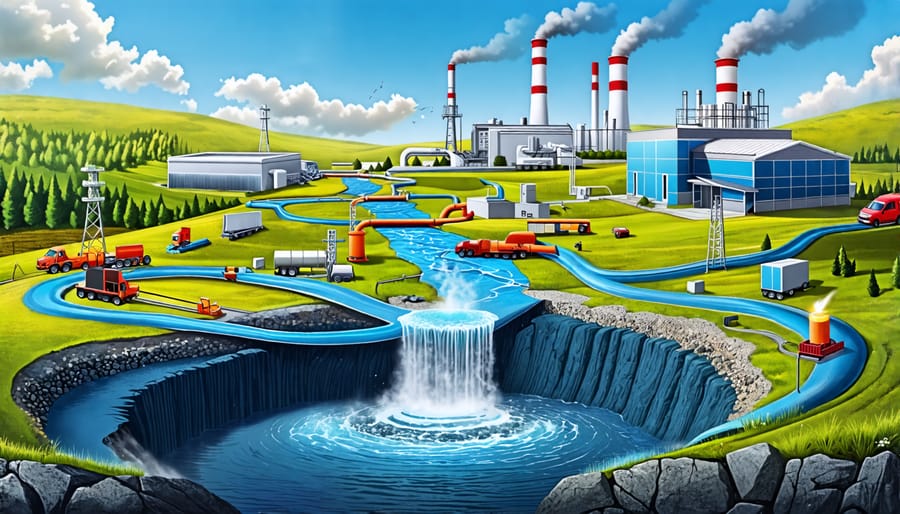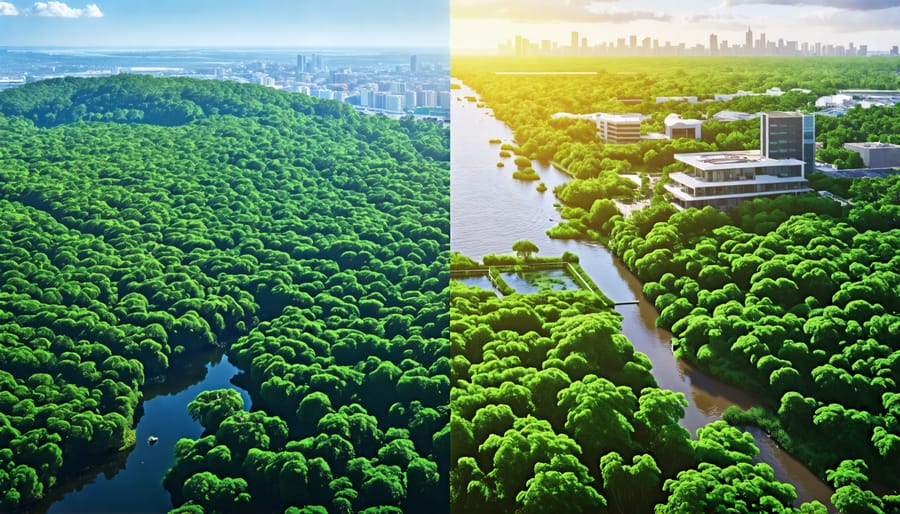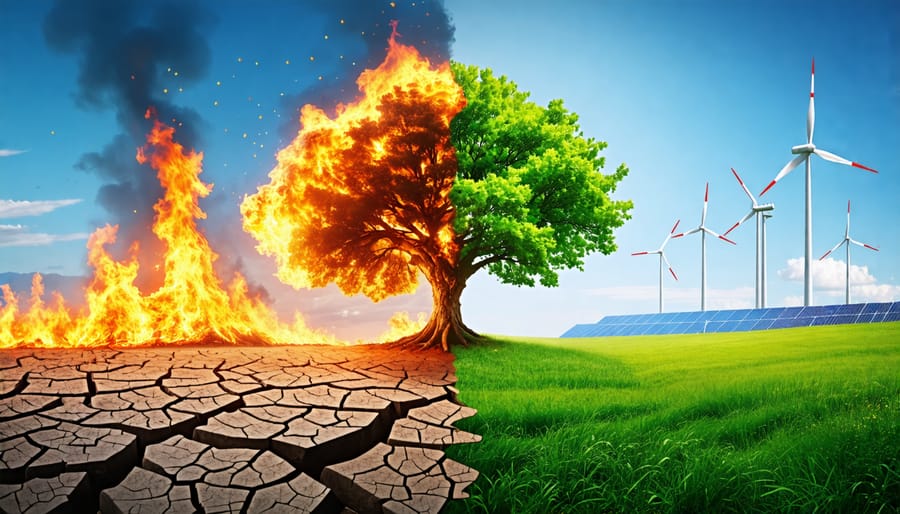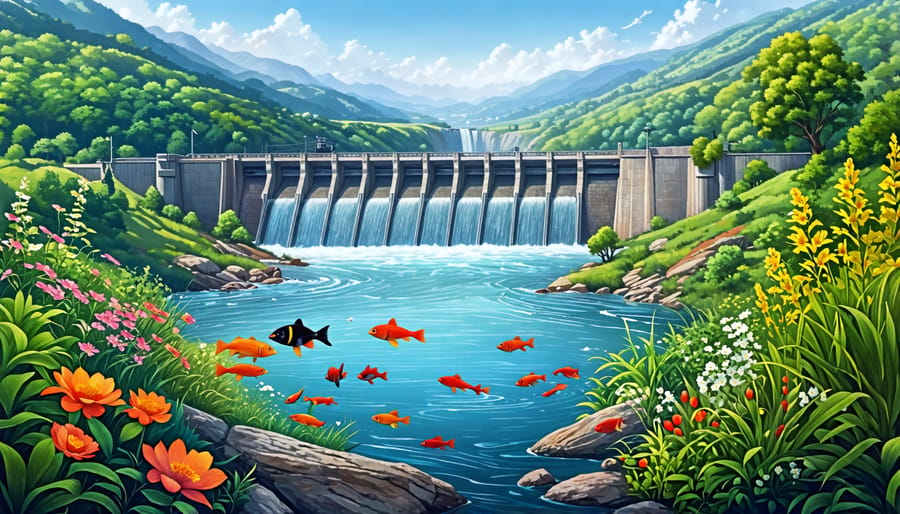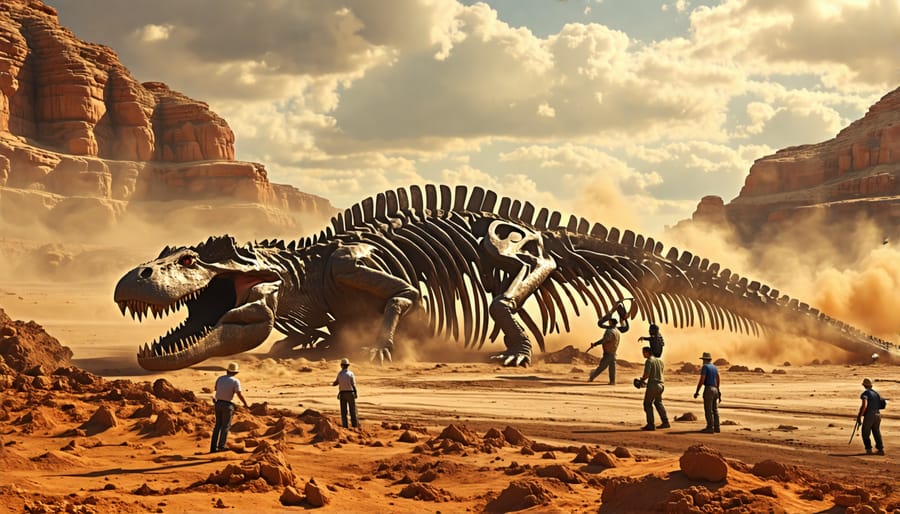Harness digital platforms like online learning management systems to streamline course delivery in Earth Sciences and Physics. Utilize virtual lecture tools, such as Zoom or Microsoft Teams, to facilitate interactive, real-time discussions and foster a collaborative environment among university students.
Implement interactive technologies to enrich the classroom experience. Platforms like Kahoot! and Quizlet can gamify learning, making complex scientific concepts more accessible and engaging for students. Additionally, tools like virtual labs enable hands-on experimentation in a safe, scalable digital format.
Leverage data …
Unlocking Earth’s Secrets: Recent Prehistoric Discoveries and What They Mean for Science
Uncover groundbreaking prehistoric discoveries by exploring recent fossil findings that redefine our understanding of Earth’s ancient past. Delve into interdisciplinary collaborations where universities and research institutions unite internationally, leveraging innovative technologies like 3D imaging and carbon dating to unveil secrets buried for millennia. Engage with insights from leading researchers, such as Dr. Jane Ellis, who reveals how the latest excavations in Central Asia offer new perspectives on evolutionary biology. Apply these revelations to modern earth sciences, where each discovery not only reshapes academic …
Harnessing Earth’s Power: A Simple Guide to Geothermal Energy Diagrams
Examine the core elements of geothermal energy systems by following a simple diagram that illustrates the flow from beneath the Earth to your home. Identify the key components: a heat source, usually deep underground, heat pumps on the surface, and a distribution system to deliver warmth. Understand each element’s role in transforming heat from miles below into usable energy, showcasing why geothermal is efficient and sustainable. Apply this knowledge by exploring real-world applications, from residential heating to industrial usage, and recognize its growing importance in the transition to renewable energy. Discover more through the…
Climate Change: The Vital Roles of Mitigation and Adaptation
As the Earth faces an unprecedented climate crisis, humanity must grapple with two critical response strategies: mitigation and adaptation. While both aim to address the impacts of climate change, they represent fundamentally different approaches.
Mitigation seeks to tackle the root causes of climate change by reducing greenhouse gas emissions and enhancing carbon sinks. It encompasses a wide range of proactive measures, from transitioning to renewable energy and improving energy efficiency to promoting sustainable land use and forest management.
In contrast, adaptation focuses on adjusting to the inevitable consequences of …
Climate Chaos in Oregon: 5 Alarming Changes and How to Adapt
Climate change is dramatically altering Oregon’s landscapes and ecosystems, from the Western Cascades to the coast. Rising temperatures, shifting precipitation patterns, and intensifying wildfires are transforming the state’s iconic forests, rivers, and agricultural lands. As glaciers recede, snowpack dwindles, and sea levels rise, Oregonians face mounting challenges to their water resources, biodiversity, and way of life.
Yet amidst this crisis lies opportunity. Through bold climate action, Oregon can…
Hydropower’s Hidden Costs: The Surprising Environmental Impacts You Need to Know
While often touted as a clean, renewable energy source, hydroelectric power harbors a dark secret – its profound and far-reaching effects on the environment. From disrupting river ecosystems and decimating fish populations to altering landscapes and contributing to greenhouse gas emissions, the ecological toll of hydropower is both surprising and sobering. In this eye-opening article, we’ll dive deep into the complex web of environmental impacts wrought by hydroelectric dams, exploring how these massive structures irrevocably change the natural world. Brace yourself for a compelling exposé that will make you question …
Unearthing a Prehistoric Beast: Extraordinary Crocodile Fossil Sheds Light on Ancient World
In the dry, dusty outback of Australia, paleontologists have unearthed a remarkable relic from the distant past – the fossilized remains of a gigantic prehistoric crocodile. This fearsome creature, which roamed the Earth over 95 million years ago, is shedding new light on the evolution of these ancient reptiles. The exquisitely preserved specimen, nicknamed the “Swamp King”, is one of the oldest and most complete crocodile fossils ever discovered from the age of dinosaurs…
Carbon Capture Revealed: Nature’s Secret Weapon Against Climate Change
Here is a 200-word introduction for an article on carbon sequestration as an ecosystem service:
Carbon sequestration, the long-term capture and storage of atmospheric carbon dioxide, provides a vital ecosystem service that benefits the entire planet. Through the remarkable ability of plants to convert CO2 into biomass via photosynthesis, healthy ecosystems like forests, grasslands, wetlands and oceans act as massive carbon sinks, pulling billions of tons of carbon out of the atmosphere each year.
This natural process, refined over eons, is now one of our most powerful tools in the fight against climate change. By absorbing a…
Vertical Agrivoltaics: The Sustainable Farming Revolution Taking Agriculture to New Heights
Discover the groundbreaking potential of vertical agrivoltaics—a revolutionary approach to sustainable agriculture that combines vertical farming with solar energy production. This innovative technology offers a promising solution to the pressing challenges of food security, land scarcity, and climate change. By integrating photovoltaic panels with vertical farming systems, vertical agrivoltaics enables the simultaneous cultivation of crops and generation of renewable energy, optimizing land use efficiency and reducing the environmental footprint of agriculture. As researchers and innovators continue to refine and scale up this cutting-…
Beyond Peacekeeping: 7 Vital Ways the U.S. Shapes the U.N.
The United States plays a pivotal role in shaping and supporting the United Nations, the world’s preeminent international organization. As a founding member and permanent member of the UN Security Council, the U.S. wields significant influence over the UN’s mission, operations, and priorities. The U.S. is the single largest financial contributor to the UN system, providing nearly $11 billion in assessed and voluntary contributions in 2021. These funds support a wide range of UN programs and agencies, from peacekeeping missions to humanitarian relief efforts.
Beyond financial support, the U.S. also provides critical …



